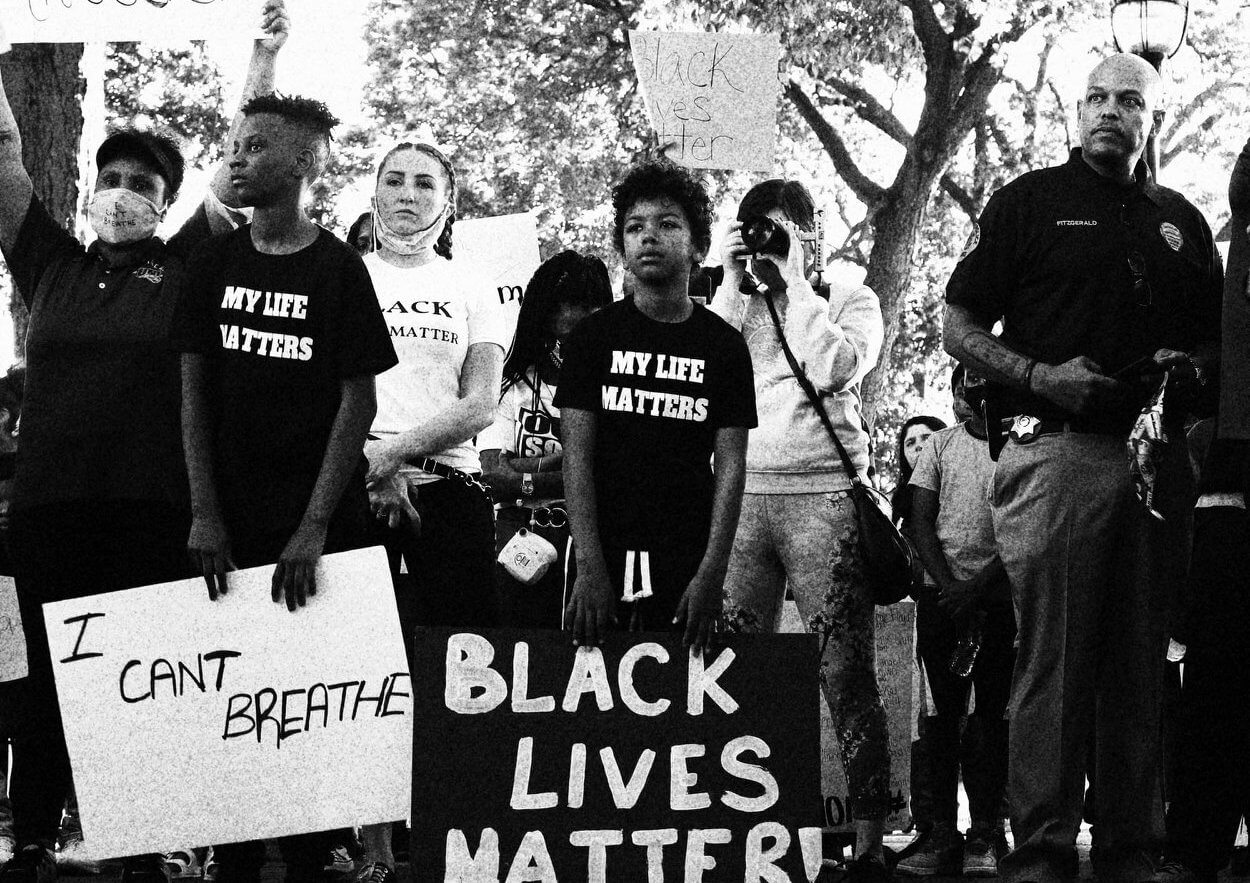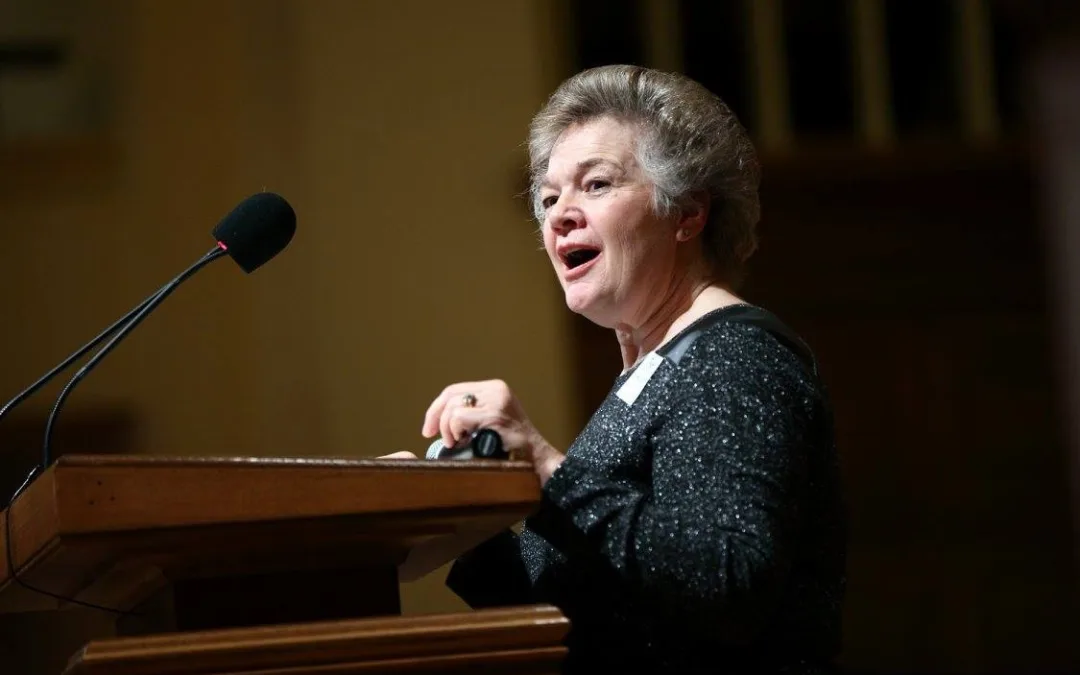
Photo by Tiahni C. of ShinDigg Photography
There are many issues that infringe upon the quality of life of African Americans in Waterloo, which has the highest percentage of Blacks in Iowa. The Organization for Economic Cooperation and Development has a quality-of-life index consisting of the following factors: housing, income, jobs, community, education, environment, civic engagement, health, life satisfaction, safety, and work-life balance. The racial disparities among these factors across the country have been stark, and that fact has been the case since Blacks came up the Mississippi as strikebreakers in 1911 and were geographically restricted and forced to live in boxcars.
When I was approached by Rev. Lawrence “Larry” Stumme, a retired attorney, pastor of St. Paul Lutheran Church in Cedar Falls, and a Waterloo resident, to consider what matters to address with the Waterloo City Council, I was nearly overwhelmed by trying to prioritize the problems Blacks have been facing—given the enormity of them! Stumme had become concerned about the number of dilapidated housings in northeast Waterloo, and I was appalled by the unfinished mitigation of contaminants at the former Chamberlain Manufacturing property as well as the easy access to the broken-down St. Mary’s School campus that is owned by the city.
Needless to say, we were disgusted over the income inequality, unemployment, underemployment, poverty, food insecurity, lack of quality healthcare, academic achievement gaps, juvenile detention and adult incarceration rates, lack of affordable housing and homeownership, and other challenges that diminish Blacks’ ability to participate fully in Waterloo’s sociocultural milieu. We decided that we would keep these concerns always within our radar; however, we determined that the eyesores of houses and buildings in disrepair and the environmental hazards at Chamberlain and St. Mary’s were self-evident crises and compellingly urgent. Therefore, at the beginning of May, we set out to attend Waterloo City Council meetings to share our concerns with the mayor, councilors, and relevant city staff.
On June 14, Flag Day, the Delaware digital corporation, 24/7 Wall Street, came out with its report of the “Top Twenty Worst Cities for Blacks in America.” Of 383 cities/metropolitan areas researched across the country, the Waterloo/Cedar Falls area was listed as number six on the list! Now, this report has been coming out for a while, and the places where Stumme and I live, i.e., Waterloo and Cedar Falls, respectively, have consistently appeared at various positions on the list. A few years ago, Waterloo/Cedar Falls had placed number one among the worst metro areas for Black Americans to live!
For a small state with a minute Black population to have three areas appearing on the list as worst for Blacks to live is both embarrassing and horrifying. This year, Des Moines/West Des Moines is number 11 and Davenport/Moline/Rock Island is number 13. The root cause of the poor quality of life for Blacks in these major areas in Iowa is pervasive systemic racism. Such structural discrimination includes multiple factors that intensify as they accumulate over generations. The inveterate entrenchment of oppressive policies, processes, and services make it ostensibly impossible to overcome. Thus, it is understandable when Blacks and other well-meaning people develop feelings of helplessness, hopelessness, despair, and apathy regarding endeavoring to transform and ameliorate their conditions of oppression. However, counter-intuitive as it may be, we must welcome the struggle and confront both the conscious and unwitting gatekeepers of the status quo in meaningful and substantive ways.
Thus far, we have been demanding that the City of Waterloo hire enough staff to address and redress the properties in disrepair. In addition, we have suggested that St. Mary’s campus be fenced in so that no one can have access to the complex before they demolish the buildings there. There is asbestos in at least one of the buildings, so that needs to be properly removed. Lastly, we have exhorted the elected city officials to get the Environmental Protection Agency to return to finish the work of decontaminating the ground water and soil, which still have tetrachloride ethylene, arsenic, cadmium, and other hazardous materials present. Mitigation and remediation efforts, we assert, must be completed before the newly proposed recreational equipment is added to nearby Gates Park. Moreover, we have suggested that the residents living adjacent to Chamberlain ought to be compensated in ways that repair the damage to their health, comfort, and property value as much as possible and in measurable ways. In this regard, we referenced the environmental injustices in Flint, Michigan; Jackson, Mississippi; and most recently in Davenport. We would like the affected residents in the proximity of Chamberlain to be substantially supported without their having to resort to litigation.
Furthermore, in July, we began to attend the Cedar Falls City Council meetings, because the 24/7 Wall Street report includes Cedar Falls as contributory to the poor social status of Blacks in the area. The lack of affordable housing, the inability to secure a livable wage, the redlining that goes on, and other components of institutional racism in Cedar Falls significantly add to the sorrowful disparities Blacks experience in the metropolitan area.
Stumme and I are in the process of bringing others together to focus on the many and sundry issues that keep Blacks from reaching full-fledged citizenry as whites possess in the area. We certainly cannot do it alone; we need others of good will to participate in the effort to make all the residents of the Cedar Valley have equal opportunity to enjoy the promises of democracy.
Sixty years ago, in front of the Lincoln Memorial, the late John Lewis, chair of the Student Nonviolent Coordinating Committee, gave an impassioned speech imploring the Kennedy administration to make good on its promised commitment to eradicate racial segregation and oppression. And Dr. King shared his dream of the beloved community after also elucidating the debt the country owed to Black Americans. Later, King would assert that he had seen his dream in reality turn into a nightmare even after the passage of the Civil Rights Act of 1964 and the Voting Rights Act of 1965.
That nightmare of being unable to attain the full complement of factors that comprise the quality-of-life index still exists today—and in many ways has worsened. We have enough data that identify what the challenges are. What remains for us to do is to summon the will to confront and defeat those pernicious forces!
The Rev. Dr. Michael D. Blackwell, Ph.D., is the founder of Project for the Beloved Community, Inc. He is also director emeritus for multicultural education and a former adjunct associate professor of philosophy and world religions at the University of Northern Iowa.
Politics

How to apply for a job in the American Climate Corps
The Biden administration announced its plans to expand its New Deal-style American Climate Corps (ACC) green jobs training program last week. ...

Biden makes 4 million more workers eligible for overtime pay
The Biden administration announced a new rule Tuesday to expand overtime pay for around 4 million lower-paid salaried employees nationwide. The...
Local News

No more Kum & Go? New owner Maverik of Utah retiring famous brand
Will Kum & Go have come and gone by next year? One new report claims that's the plan by the store's new owners. The Iowa-based convenience store...

Here’s a recap of the biggest headlines Iowa celebs made In 2023
For these famous Iowans, 2023 was a year of controversy, career highlights, and full-circle moments. Here’s how 2023 went for the following Iowans:...






